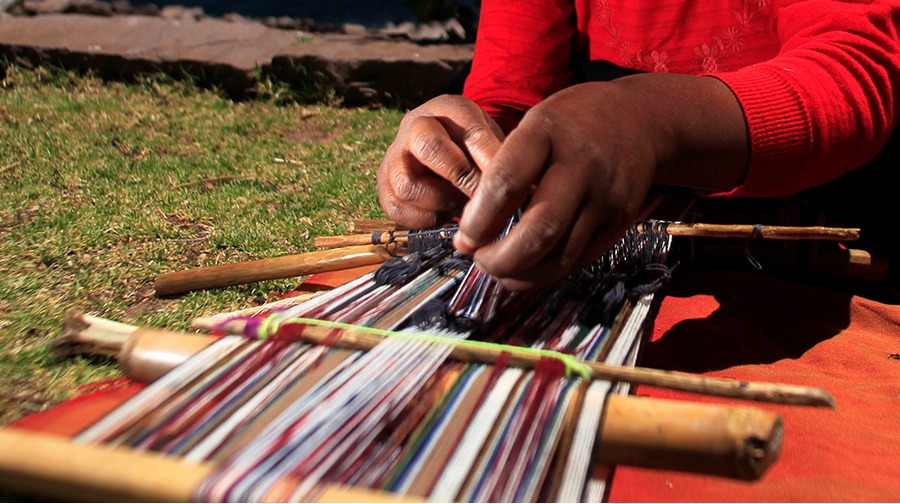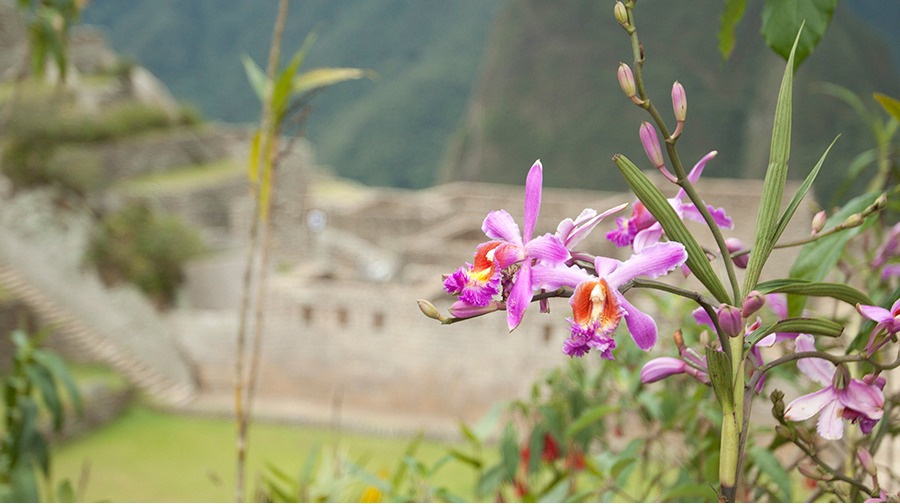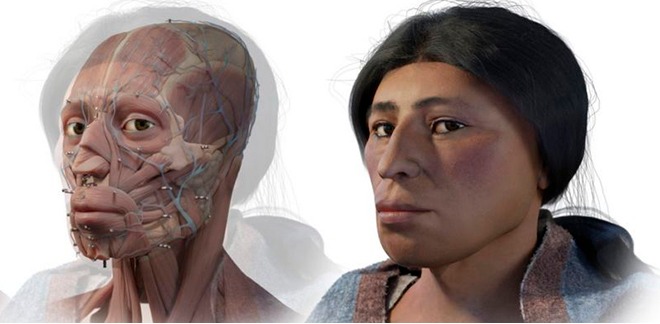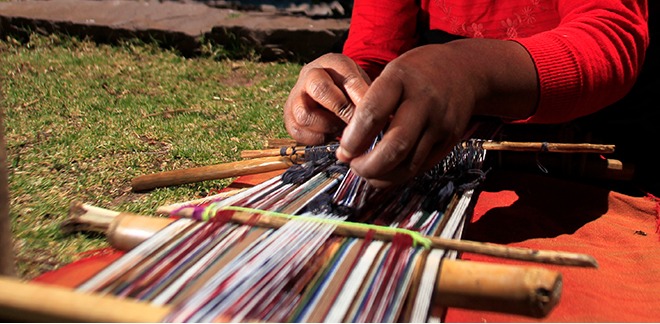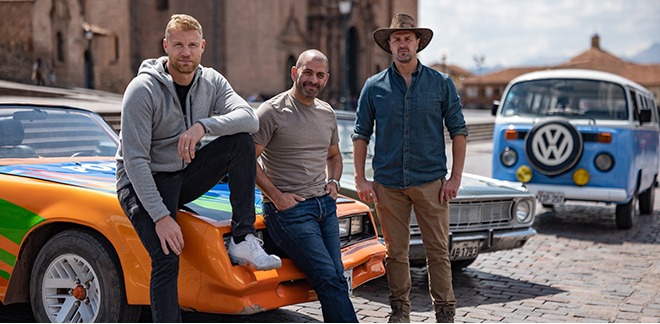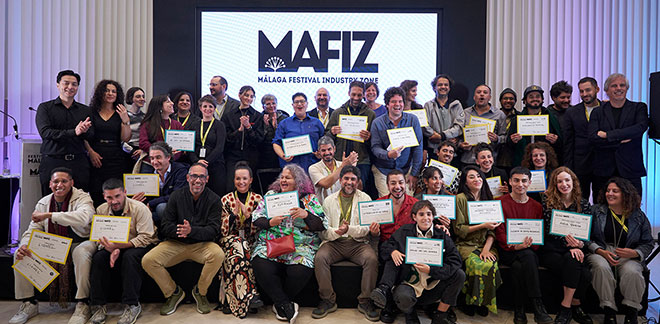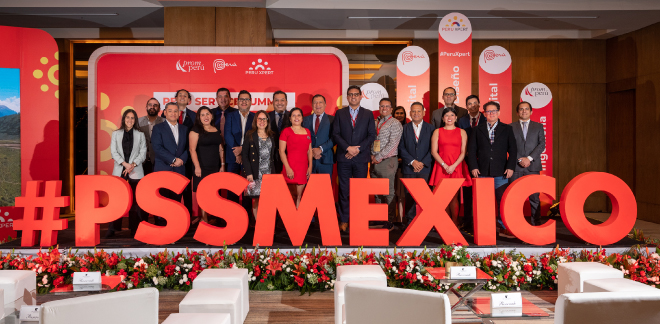From Puno to the world: the wonderful textile art of Taquile
Síguenos en:Google News
The department of Puno boasts some unusual places that take the breath away of all who visit them. Taquile is one such place. It is an island that rests on the peaceful waters of the impressive Lake Titicaca, at 13,000 feet above sea level. Here, history tells itself: its inhabitants have dedicated themselves to keeping the ancient techniques and artistic expressions of their Inca ancestors alive.
"Standing at 3.5 miles at its longest point and just under 1 mile at its width, it is one of the most picturesque islands in Peru. Intika, the name of the island in Quechua, was part of the Inca empire, and today it is still possible to see some of the archaeological remains from that period," says prestigious tourism portal Skyscanner about the island, which also included Taquile among the destinations that every traveler should visit at least once in their life.
Ancestral textiles
Living from and for art is almost a norm in Taquile families. Textiles and weaving have always featured among their main activities. In fact, this custom dates back to the Pukará and Colla civilizations, which is why they still preserve elements of the pre-Hispanic cultures that exist in that Andean area.
Each piece is made with great care and love. Even the smallest detail tells a story. Among its works of art, the famous calendar-belt stands out: very similar to a sash, it reflects the agricultural cycles and religious rituals from the community's oral tradition.
Another striking design is the chullo, a knitted hat with earmuffs that has been used since Inca times to protect against the cold of the highlands. In Taquile, its colors and designs distinguish the ages and social status of men.
It is clear to the villagers that, in order to maintain their legacy over time, it is necessary to pass it on to new generations. For this reason, they have a school that specializes in handicrafts, where young and old learn the valuable ancient techniques that their ancestors once shared with their grandparents.
The men teach the children everything they need to know about the textiles, while the women show their daughters how to weave.
Official recognition
It is important to note that Taquile has approximately 2200 inhabitants and is managed as a community organization.
Some time ago, Indecopi granted the community the collective brand 'Asociación Comunal de Artesanos San Santiago', which has enabled them to market their original designs and clothing under better conditions.
The uniqueness of the village was recognized in 2008 by UNESCO as having Intangible Cultural Heritage of Humanity.
Cradle of the Inca Empire
According to Andean mythology, it was from this imposing lake that the children of the God Inti (or Sun God) emerged: Manco Capac and Mama Ocllo, whom the deity created with the aim of bringing order to the earth. Making use of the golden rod their father had given them, they founded what in history is known as the majestic Inca empire.
The Titicaca is considered the highest navigable lake in the world, and also receives the title of Natural Heritage of Peru. In addition to Taquile, its magical waters include two breathtaking islands that are impossible to miss: Amantani (the largest) and the island of the Uros (whose base is made of totora reeds) and which is considered to be one of the oldest Andean civilizations.
Sources: Unesco/ RPP/ Andina


